关于库仑土压力理论的探讨 English Version
Discussion on Coulomb earth pressure theory
-
摘要: 以滑动体静力平衡的力的平衡方程为基础,引入Lagrange乘子,将主动土压力和被动土压力问题转化为确定含有两个函数自变量的泛函极值问题,进而结合问题图形中的几何关系进一步转化为带有约束的函数极值问题。这种函数极值可利用Matlab6.1优化工具箱提供的fmincon函数进行求解。在确定了主动土压力和被动土压力的大小后,利用滑动体静力平衡的力矩平衡方程计算力的作用点在墙体的相对位置。在本文中,土体沿平面滑动破坏是由理论推导得出的结论,土压力大小的结果与库仑土压力理论完全一致,但土压力作用点在墙体的相对位置却并非总是作用在墙高的1/3处。Abstract: Based on the force equilibrium equations of the sliding mass, the problem of active earth pressure and passive earth pressure was transcribed as the functional extreme-value problem of two undetermined function arguments by means of Lagrange multiplier, and was further transformed into determining the minimax solution of restrained functions incorporating the geometrical relations of the problem. The function of fmincon in the optimization toolbox of MATLAB 6.1 could be used to find the minimax solution. The relative positions of the action point of earth pressure on the wall were calculated after having found the dimension of active earth pressure and passive earth pressure, using the moment equilibrium of the sliding mass. The failure wedge sliding along plane surface is the theoretical-derived conclusion, and the magnitude of active earth pressure attained is the same as that of Coulomb (1776), but the location of application point of earth pressure is not always at 1/3 height of the retaining wall.



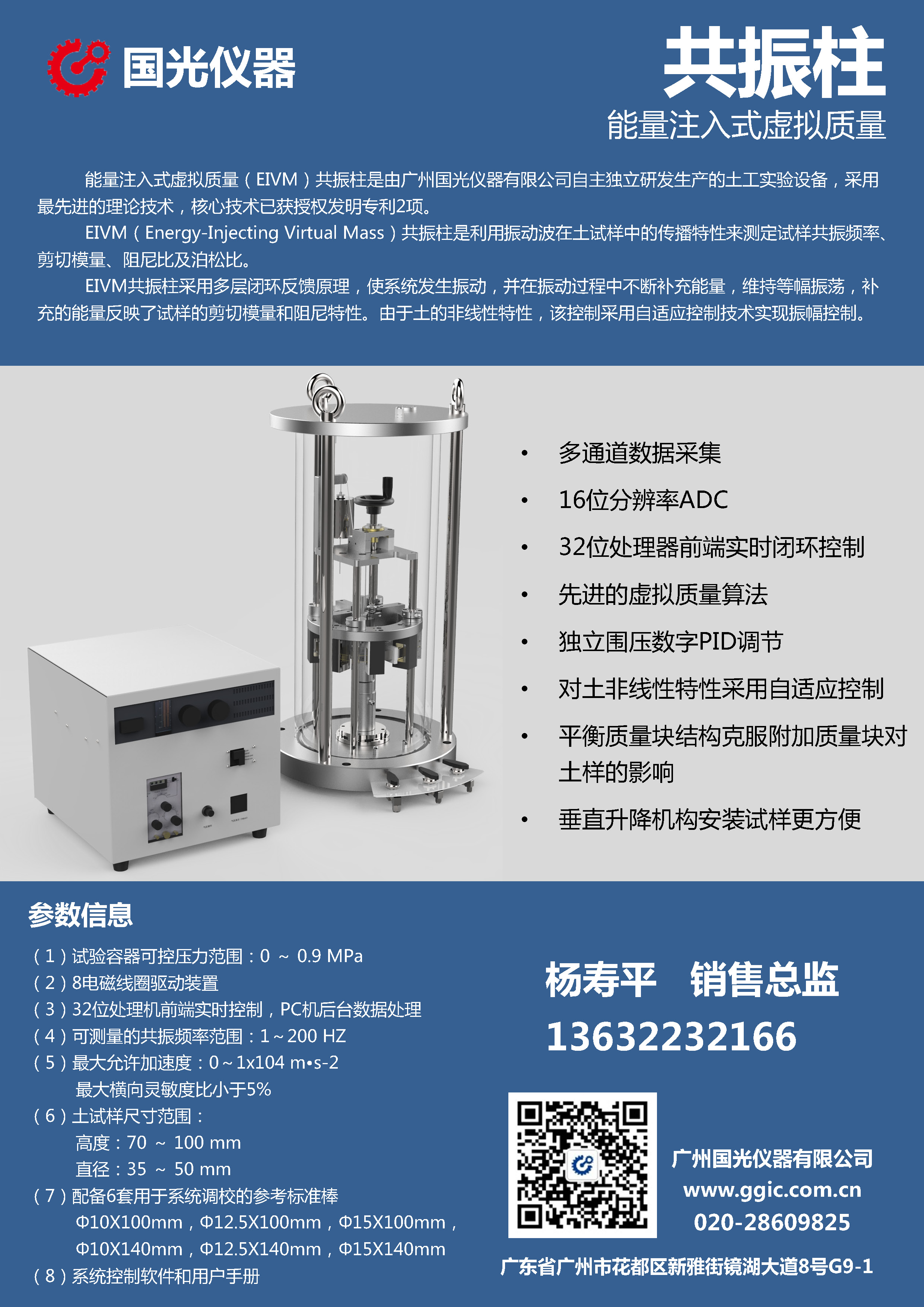
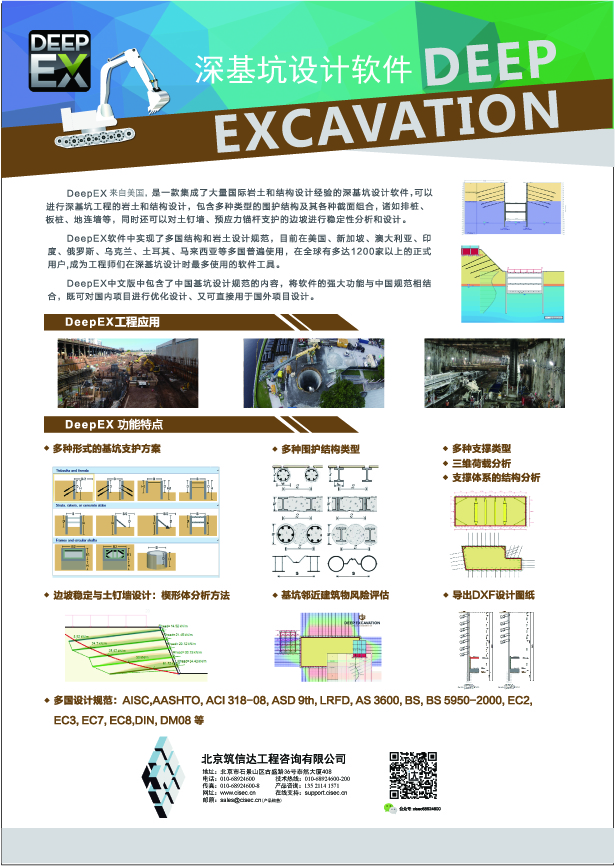
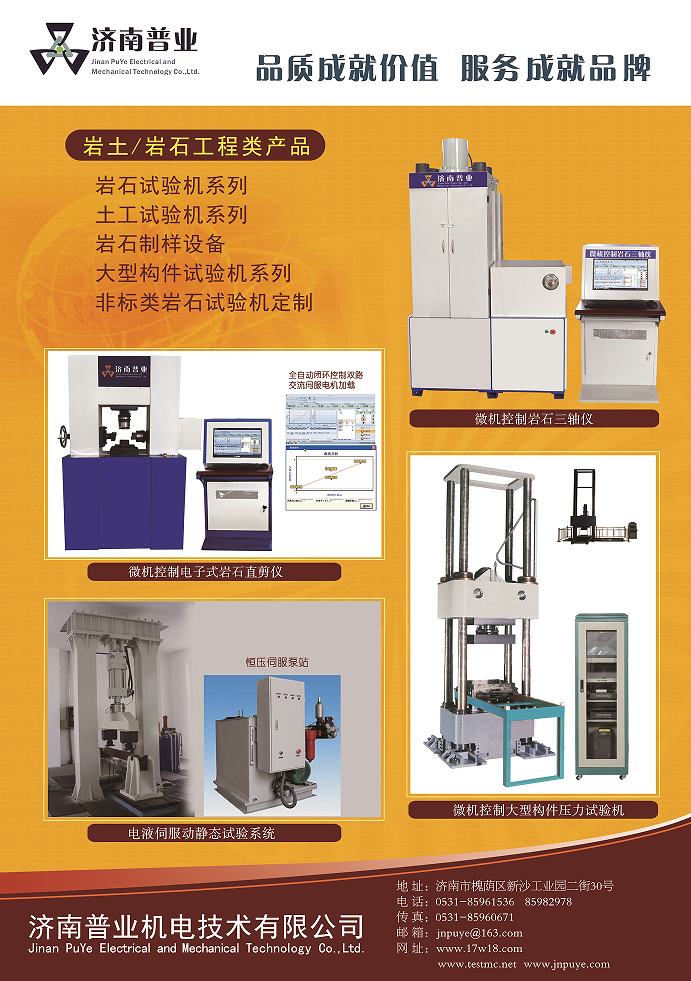
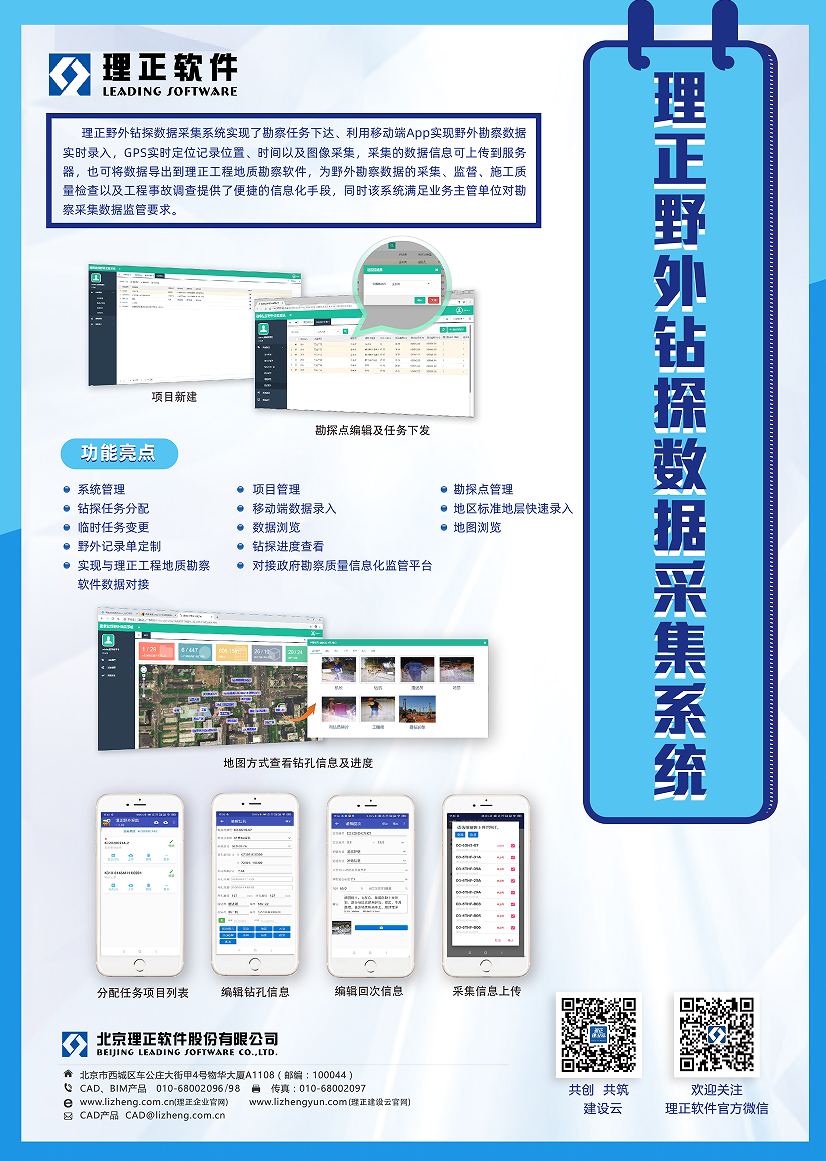
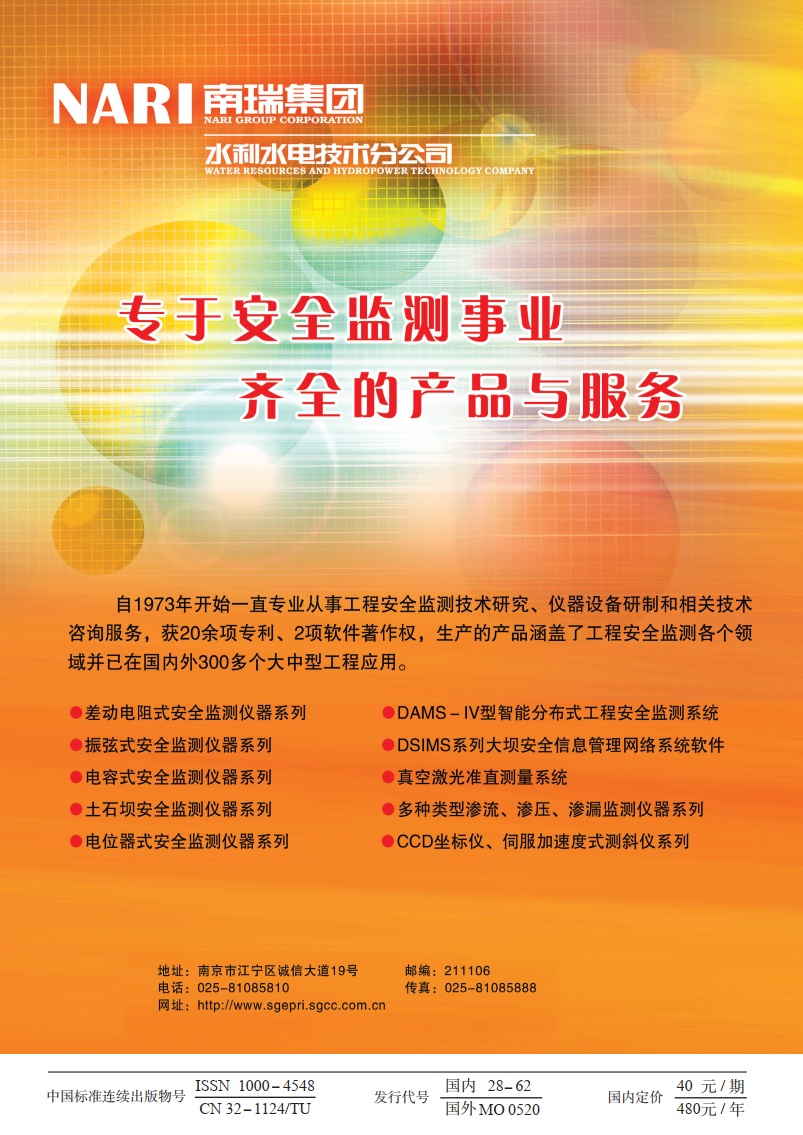
 下载:
下载:
